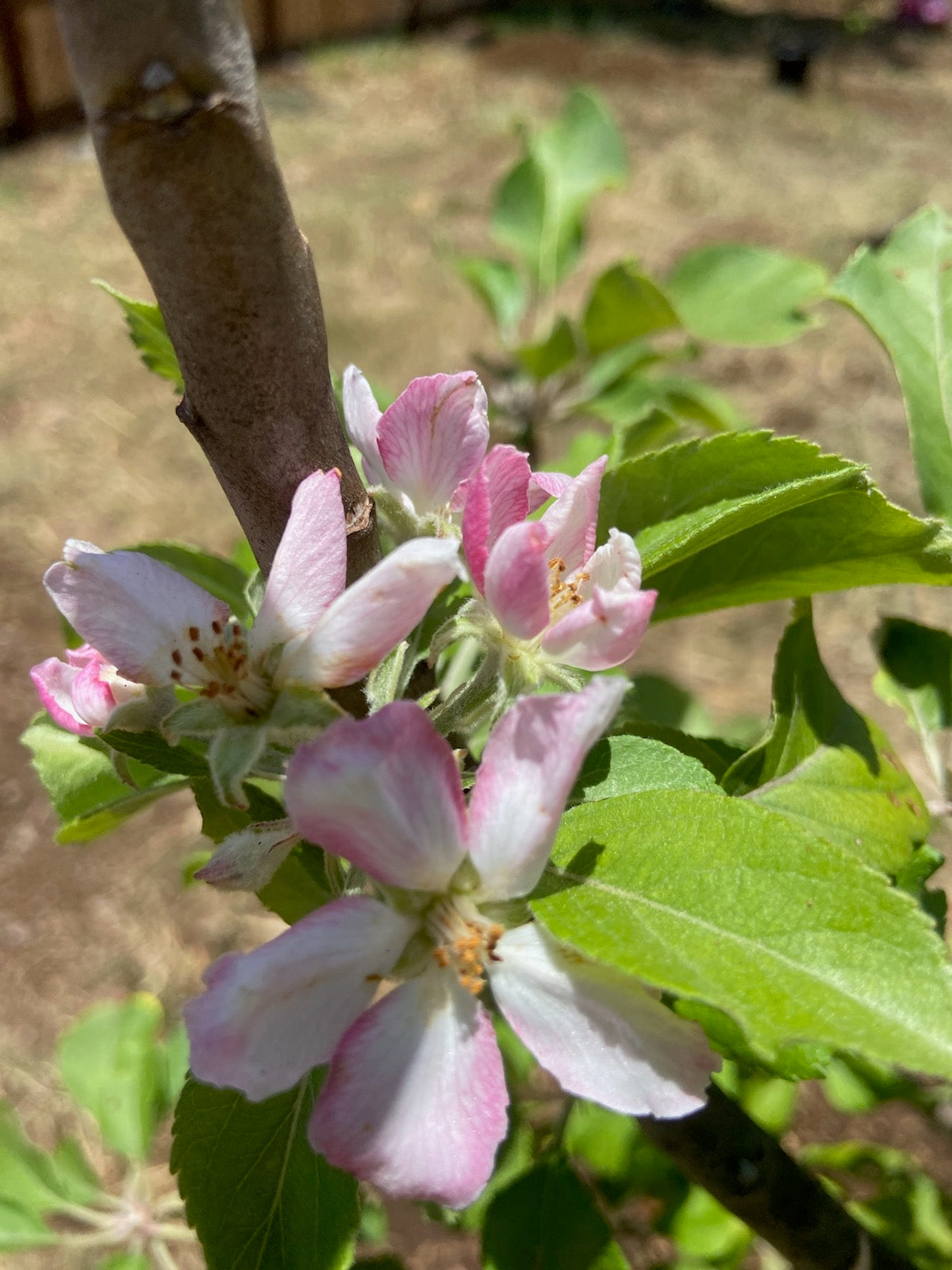
Growing exotic fruit trees in your backyard
Growing exotic fruit trees in your backyard can be a rewarding experience, offering a taste of the unusual and sometimes tropical flavors right at home. Here are some steps and tips to get you started:
-
Choose Appropriate Trees: Research which exotic fruit trees thrive in your climate zone. Some popular options include:
- Citrus trees (e.g., oranges, lemons, limes) for warmer climates.
- Avocado trees for subtropical regions.
- Fig trees for Mediterranean climates.
- Pawpaw trees for temperate climates.
-
Banana trees if you have a warm microclimate or live in a tropical area.
-
Consider Microclimates: Assess your backyard for microclimates — areas that might be slightly warmer or sheltered from wind — which can influence where certain trees may thrive.
-
Soil and Sun Requirements: Ensure your soil is suitable for the specific tree you want to plant. Most fruit trees prefer well-draining soil with good organic content. They also generally need full sun (6-8 hours a day), though some can tolerate partial shade.
-
Planting: Follow planting instructions specific to each tree. Typically, you'll dig a hole twice as wide as the root ball, gently loosen the roots, and place the tree in the hole at the same level it was in the container. Fill the hole with soil and water thoroughly.
-
Watering and Feeding: Young trees need regular watering until established. Once established, they still require consistent watering, especially during dry spells. Fertilize according to the tree’s needs — some may require more nitrogen or potassium.
-
Pruning and Maintenance: Regular pruning helps shape the tree, promote air circulation, and remove dead or diseased branches. Each tree species has its own pruning requirements, so research or consult an expert for guidance.
-
Protection from Pests and Diseases: Keep an eye out for common pests and diseases that affect the type of tree you are growing. Practice good garden hygiene and consider organic pest control methods if needed.
-
Harvesting: Patience is key; exotic fruits often have specific ripening times. Harvest when fruits are fully matured for the best flavor and texture.
-
Winter Protection (if necessary): If you live in a colder climate, consider methods to protect your trees during winter, such as wrapping trunks with insulation or covering them with blankets during frosty nights.
-
Enjoy the Fruits: Once your trees start bearing fruit, enjoy the flavors of your labor! Exotic fruits often have unique tastes and textures that can enhance your culinary experiences.
By following these steps and staying attentive to your tree's specific needs, you can successfully grow exotic fruit trees in your backyard, adding a delightful and tasty dimension to your home garden.
